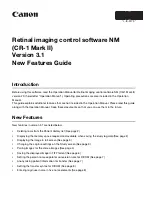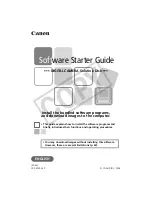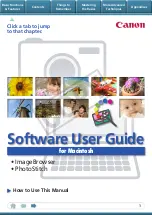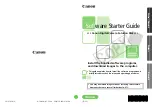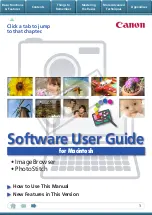
maxWerk - Copyright 2000-2007 Çikira Amanda Pehlke
Published by RedMoon Music - www.RedMoon-Music.com
RedMoon's
maxWerk
~ mad scientist's music composing tool ~
Users' Guide
Revised March 2007
Application and documentation by
Çikira -- Amanda Pehlke
Copyright 2000 - 2007
All rights reserved
RedMoon Music
evolutionary electronica
www.redmoon-music.com
This document uses the Arial font.

















